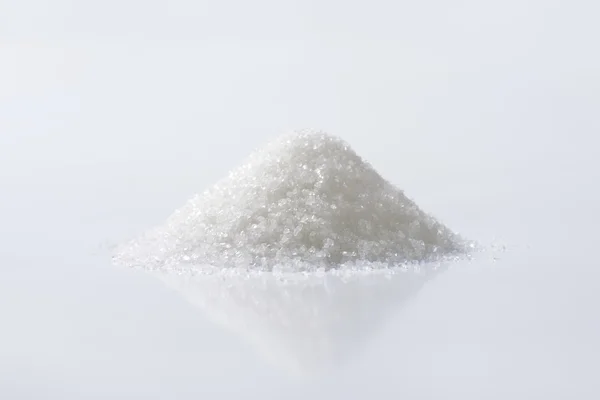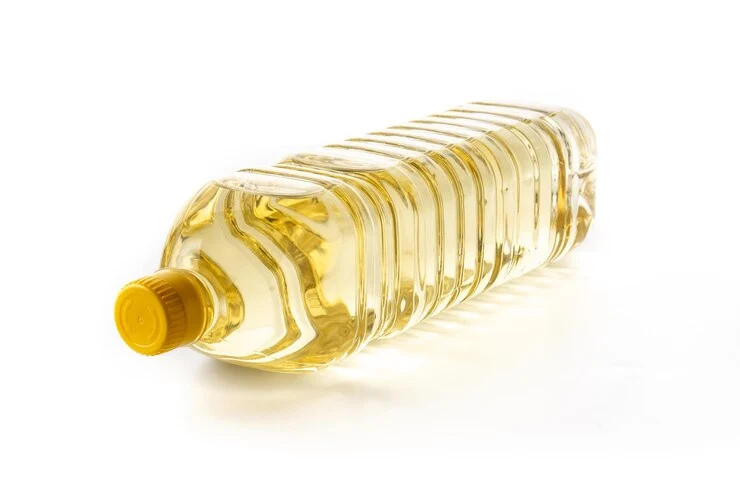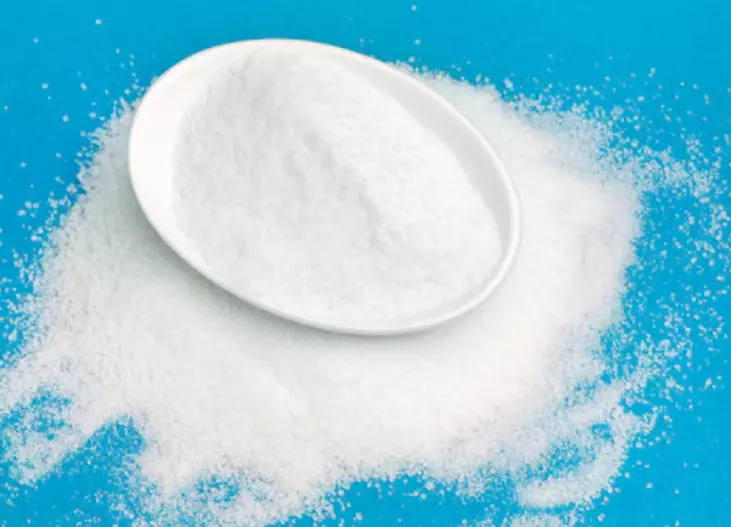Refined Soybean Oil - Thailand
|
IUPAC Name |
: Soybean Oil |
|
Cas Number |
: 8001-22-7 |
|
HS Code |
: 1507.90.90 |
|
Formula |
: C11H9N3O2.Na |
Basic Info
|
Appearance Name |
: Yellow Liquid |
|
Common Names |
: RBD Soybean Oil |
|
Packaging |
: 21 MT / 20 Flexibags |



.webp)


